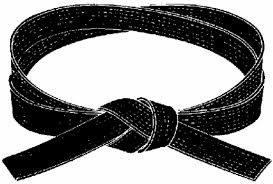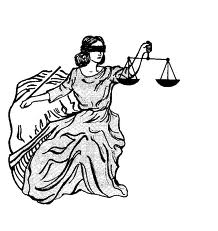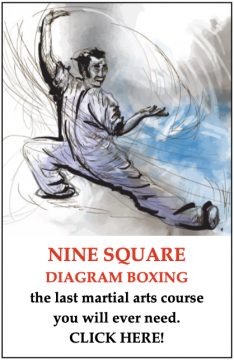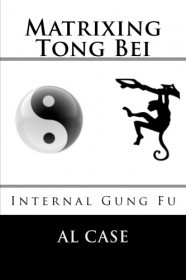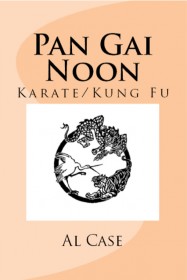Newsletter 986
The Interesting Thing About Black Belts
I’ve written often about
what a black belt is,
what the requirements should be,
and so on.
Let me say some unpleasant things here.
I volunteered my time
at a local martial arts school.
One night I was sitting with a half dozen MMA instructors,
and the talk turned to black belts.
One fellow had 22 years experience,
but was not a black belt.
Had no plans for testing.
Was quite happy to be a lower belt.
The other fellows accepted this as normal,
but it really made me think.
The fellow had the qualifications,
he knew what he was doing,
but there was some sort of mystique
concerning the longer you wait the better you are.
I asked one of the fellows later
about his promotion to black belt.
He said he had studied for some 20 years,
and suddenly realized that he wasn’t going to get any better.
Oh, he would get smarter,
pick up a few more sly tricks,
but he was now descending,
his body getting older
faster than he could learn.
So he went to the school owner
and told him that he wasn’t getting any better
so he better get his black belt while he was still any good.
He was given his black belt.
Now,
I’ve given you the data,
and maybe you’ve read some of my writing
about a black belt being ‘expert,’
so what does all this tell you?
To me it says that there is too much emphasis
placed on winning,
and not enough on structuring MMA
so that people can be properly evaluated.
That in the MMA (and this includes many brands of Jujitsu)
people are more concerned with who they can beat,
rather than mastering the distinct body of knowledge
that MMA is.
And this is what makes MMA a sport rather than an art.
Look,
being a sport is not bad.
It just sounds bad here because
it is coming through the filter of Al Case
who promotes art as best.
But,
really,
it is all up to you.
Interestingly,
I approached the head of the school I was volunteering at.
I suggested we categorize techniques,
make it easier to teach,
make the body of knowledge succinct and precise
so that we would better teach it.
He agreed,
and it actually fit into his plans for the school,
but every time we started to do something
he found an excuse,
disappeared,
changed the complexion of our meetings,
and so on.
As a sports man
he was unable to become an artist.
And here’s the funny thing,
he had trained in many of the classical arts,
he knew where I was coming from,
even agreed that I was right,
but at heart,
in the core of him,
he was a believer that might makes right,
that beating people up
was more important than teaching them methods
that would create distinct methods resulting in art,
the ability to classify ability,
and so on.
Simply,
it was more important to win a tournament,
than to do an art.
Well,
I’ll leave you fellows and gals
to figure out the worth of what I have said here.
In the meantime,
one of the most exact studies I have done
on what ranking and abililties are
was in the Outlaw Karate book.
Here is the Amazon page for it…
OUTLAW KARATE
There is a complete art in it,
complete with tests,
but see if you agree with how I analyze belt rankings.
Have a great work out!
Al
